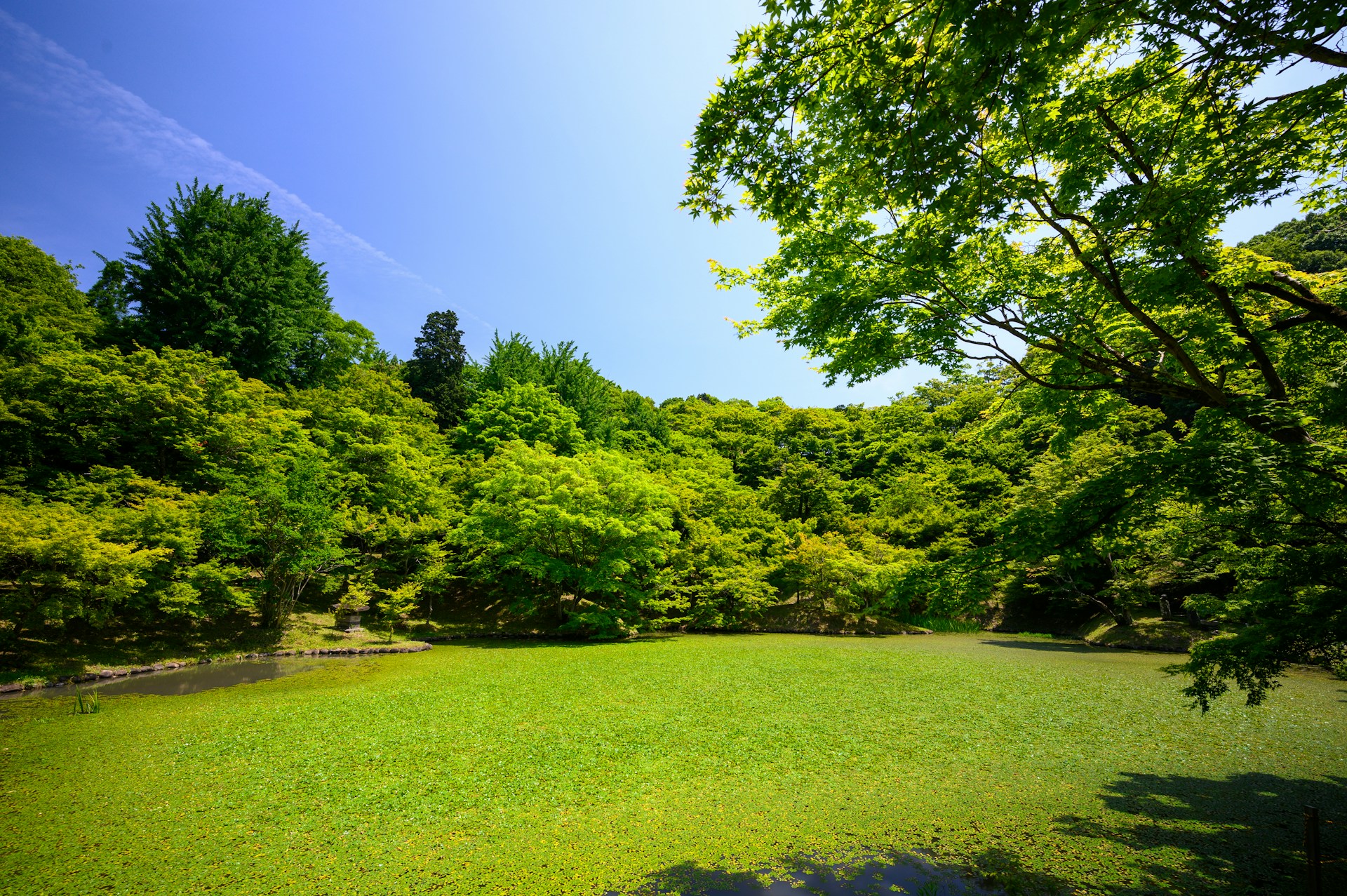Cultivated Dining Room Decor: Tips for a Refined Home Interior
Can you feel it? You’ve been planning for weeks, organizing recipes …

A vibrant lawn enhances the appeal and comfort of any property, yet maintaining healthy grass requires consistent attention and proper care. The key is understanding the needs of the grass, the environment, and the tools used to support growth. By following a few strategic approaches, homeowners can nurture a lawn that looks lush and stays resilient throughout the year.
Mowing frequency and height play a major role in lawn health. Cutting too short can stress the grass, while allowing it to grow too long can encourage weeds and disease. Adjusting the mowing schedule based on the type of grass and seasonal growth patterns helps maintain a balanced, healthy lawn.
Choosing the right equipment makes these tasks more efficient. There’s a wide range of electric lawn mowers that are quiet, easy to handle, and can cover large areas without frequent maintenance. These tools reduce strain and provide a cleaner, more even cut.
Regular blade maintenance affects lawn appearance. Sharp blades produce clean cuts that heal quickly, reducing the chance of brown tips or torn edges. By combining proper mowing height, timing, and well-maintained equipment, grass stays dense and vibrant.
Consistent watering prevents stress and promotes deep root growth. Rather than frequent shallow watering, giving the lawn a longer soak less often encourages stronger roots that can withstand heat and drought.
Effective irrigation can be achieved through:
Timing also matters. Early morning watering reduces evaporation and fungal risk while ensuring moisture reaches roots efficiently. Overwatering can be just as harmful as under-watering, so balance is key.
Healthy grass starts with healthy soil, which supports nutrient absorption and root development. The USDA recommends testing soil periodically, as it ensures the proper balance of pH, nitrogen, phosphorus, and potassium. Knowing these levels allows for targeted fertilization, which minimizes waste and prevents nutrient runoff.
Adding organic matter, such as compost or aged mulch, improves soil structure and water retention. Aeration also helps by reducing compaction and allowing air, water, and nutrients to penetrate more effectively.
Lawn diseases and pests can be minimized when the soil is balanced. Strong roots resist invasion by insects and fungi, making maintenance easier and reducing reliance on chemical treatments.
Applying the right fertilizer at the right time encourages dense, green grass. Slow-release fertilizers feed the lawn over weeks, reducing stress and promoting steady growth.
Key fertilization points include:
Avoid over-fertilization, which can burn grass and encourage excessive top growth. Pairing fertilization with proper mowing and watering ensures nutrients are fully utilized.
Maintaining healthy grass naturally reduces weed and pest pressures, but proactive steps remain important. Frequent inspections catch problems before they spread, and cultural practices like proper mowing and watering strengthen grass against invasion.
Integrated pest management combines several approaches. Choosing disease-resistant grass varieties, removing debris, and rotating fertilizers all contribute to fewer problems. Healthy lawns recover faster from stress and are less likely to require chemical interventions.
Grass density and uniformity are the best defenses. Thick lawns crowd out weeds and minimize the areas where pests can settle. Regular care routines support these natural protective benefits.
Lawn needs to change with the seasons, and adjusting routines keeps grass looking its best. In spring, focus on soil preparation, fertilization, and early mowing. Summer requires consistent watering and monitoring for heat stress.
Fall is ideal for aeration and overseeding, while winter care focuses on minimizing damage from frost, ice, or foot traffic. Awareness of seasonal demands reduces long-term problems and ensures the lawn remains healthy and green.
Selecting a grass variety suited to your local climate is one of the most important decisions for long-term lawn health. Warm-season grasses thrive in hotter, sunnier areas, while cool-season grasses perform better in regions with colder winters. Choosing the right type reduces stress, minimizes water needs, and helps the lawn recover quickly from damage.
Soil type and sun exposure influence which grass will grow best. Some varieties tolerate shade, while others need full sunlight, and certain types handle clay or sandy soils better than others. By matching grass type to the environment, homeowners can enjoy a lush, resilient lawn with less ongoing maintenance.
A healthy, green lawn reflects attention to proper mowing, watering, fertilization, and seasonal care. Using modern tools and following best practices for soil and pest management makes outdoor maintenance easier and more efficient.
Combining these efforts with guidance from reputable sources, including USDA and EPA recommendations, supports both aesthetic appeal and environmental responsibility. By staying consistent and mindful, homeowners can enjoy a vibrant lawn that thrives throughout the year.